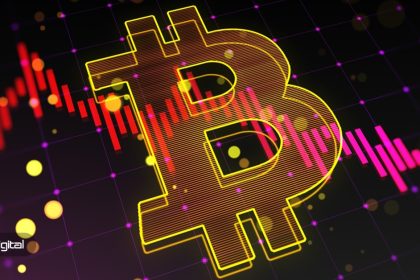Over the past years, the price of Bitcoin has more or less maintained its positive trend of correlation with the SND 500 index and other major indices of the US stock market. However, when this correlation decreases and becomes negative, the trend in price changes can be significant.
According to Bitcoinist.com, the correlation between Bitcoin and the S&P 500 index has turned negative for the first time since the collapse of the FTX exchange in November. But what could this event mean for the largest digital currency in the market?
Correlation in financial markets means when two assets have similar price changes. The Pearson correlation coefficient measures the linear correlation between two variables, in this case the price of the Bitcoin/USD pair and the S&P 500 index.
This coefficient can be positive, negative or neutral and its value varies between 1 and -1. A zero correlation means that there is no negative or positive relationship between the prices of two assets.
Significant events such as the fall of the FTX exchange, which was unique to the digital currency market, can also cause a sudden change in the correlation between Bitcoin and the S&P 500 index. This happened sometime in November 2022, while the stock market was recovering from its lows, the price of Bitcoin and other altcoins was falling.
Now, while the daily correlation between Bitcoin/USD and the S&P 500 has once again turned negative, it appears that there was no significant sudden shock to the markets after such disparity.
While the value of the stock market has declined over the past few days, the price of Bitcoin has remained relatively stable in comparison. That alone was enough to create a negative correlation between Bitcoin and the leading stock market index, the S&P 500.
However, it can also mean something else. Bitcoin has significantly outperformed the S&P 500 since the start of 2023. Additionally, while Bitcoin is showing fairly definite signs of a price rebound, fears that the stock market will not be able to resume its upward trend in the short to medium term could increase the current negative correlation trend.
However, the negative correlation between these two assets typically occurs after extreme fluctuations in the price of Bitcoin. Since Bitcoin has not seen a significant price swing since the correlation between these two assets turned negative, we can expect this to happen soon.
RCO NEWS


















